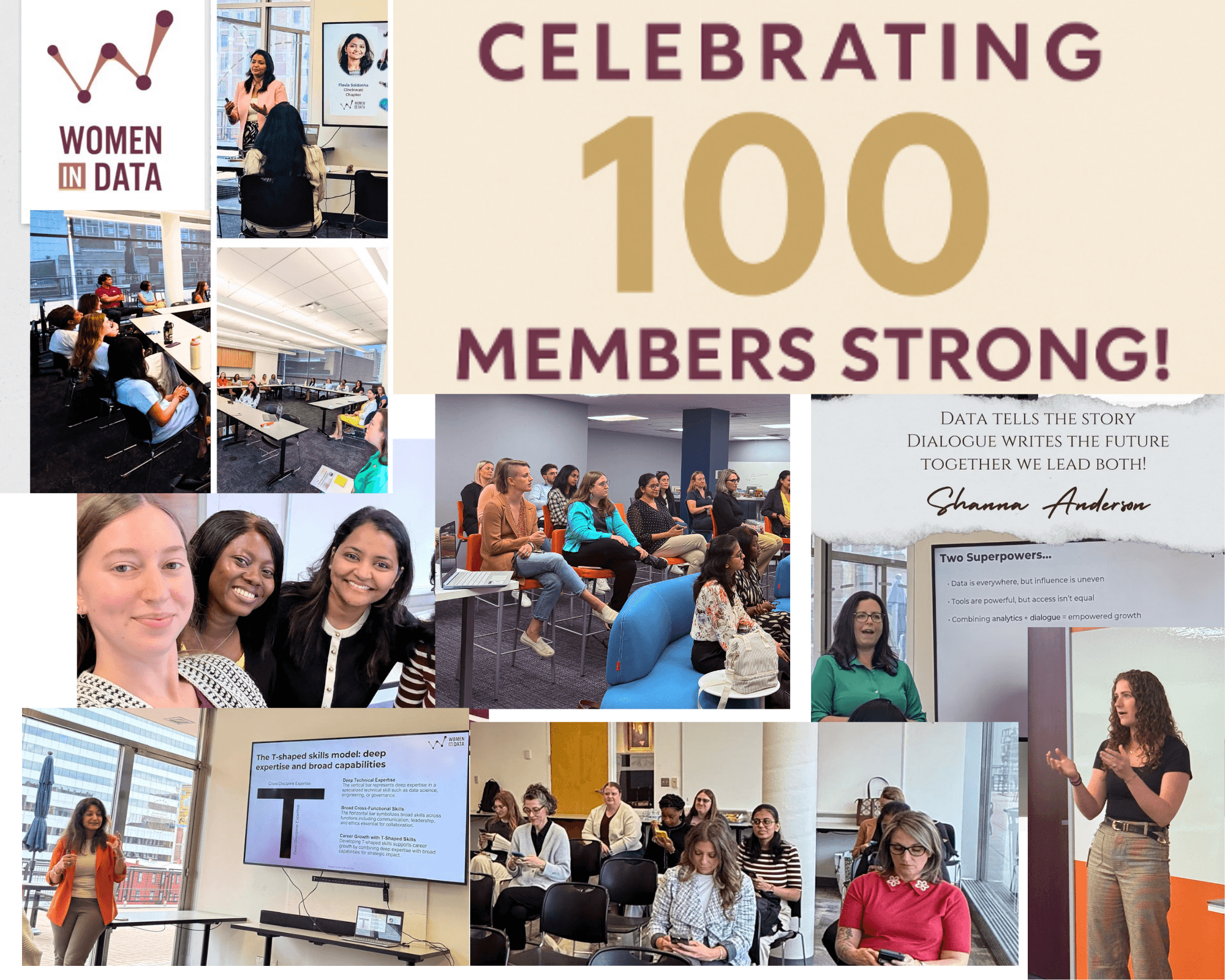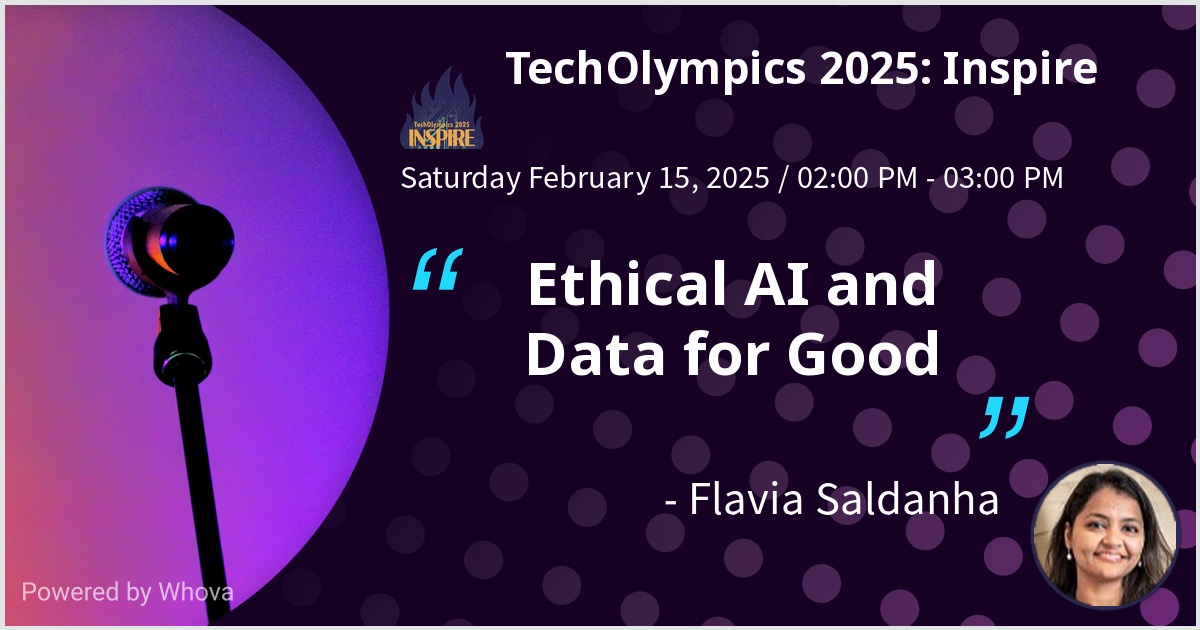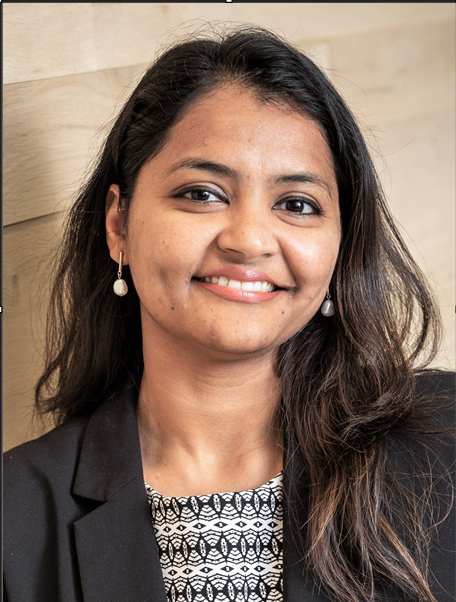We were lucky to catch up with Flavia Saldanha recently and have shared our conversation below.
Flavia, looking forward to hearing all of your stories today. When you were first starting out, did you join a firm or start your own?
When I came across Women in Data, I was immediately inspired by its mission. It’s a global nonprofit organization with a presence in 150+ countries and local chapters across the world, connecting tens of thousands of members in the data community. Women in Data isn’t just about professional development – it’s about creating a movement, a network of support, and a sense of belonging for women working in one of the fastest-growing fields today.
Naturally, I wanted to join my local Cincinnati chapter. But when I started searching, I was surprised and honestly, a little disheartened to realize there wasn’t one. I even checked for nearby options in Columbus, only to find that the closest active chapters were in Detroit and Chicago. That gap struck me deeply.
Being the first girl in my family to pursue STEM and take up engineering as a profession, I know firsthand how critical the right support system can be. Throughout my own journey, I’ve seen how mentorship, community, and visibility make the difference between staying in the field and stepping away. Cincinnati has a vibrant tech and IT scene, but I noticed there wasn’t a community dedicated specifically to data professionals – the very people shaping the future of AI and digital transformation.
That moment of realization became my driving force. I immersed myself in research, rolled up my sleeves, and began connecting with chapters across the network. My passion for data and growing expertise soon caught the attention of the Los Angeles Chapter Lead, who nominated me to take on the role of Cincinnati Chapter Lead for Women in Data. From the start, my mission was clear: to create a powerful, accessible community where women in Cincinnati could tap into the same data-focused opportunities and networks that data professionals around the globe were already benefiting from.
Just three months since its inception, our chapter has already grown triple digits to 100 plus members and we’re only getting started. What excites me most is the inclusivity of our mission: to empower, educate, and uplift each other as we grow, no matter what part of the journey you’re on. Whether you’re just beginning in data, navigating the mid-point of your career, or already in a senior leadership role, there is something here for everyone.
Looking back, it was absolutely the right decision. Building the chapter from scratch came with challenges – outreach, sponsorship, programming but it quickly became clear how much it was needed. Today, the Cincinnati chapter is a growing, thriving community where members support each other, share opportunities, and amplify their voices in the broader data space. For me, this experience has been one of the most meaningful milestones of my career: creating something that didn’t exist before, and watching it empower others in ways that ripple far beyond myself.
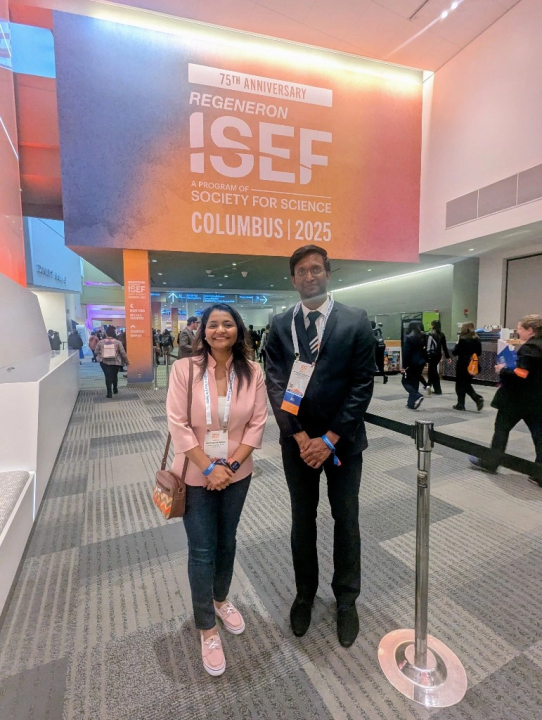

As always, we appreciate you sharing your insights and we’ve got a few more questions for you, but before we get to all of that can you take a minute to introduce yourself and give our readers some of your back background and context?
I like to describe myself as a Modern Data Strategist – someone who doesn’t just work with data, but helps organizations and communities understand how to unlock its true potential. Over the past 15+ years, I’ve built my career at the intersection of data architecture, engineering, and strategy, leading large-scale data modernization efforts across financial services industry. Today, I serve as a Vice President at one of the largest US National Banks , where I help shape enterprise-wide data strategy and design AI-ready data products.
My journey into data wasn’t linear. I was the first girl in my family to pursue STEM, and my background in engineering taught me to approach problems with both structure and creativity. Early in my career, I realized that data isn’t just a technical asset – it’s a language for decision-making, a tool for transformation, and, when used right, a bridge between people and possibilities. That perspective shaped how I approach my work: not as someone who just builds pipelines or warehouses, but as a strategist who helps organizations move from data chaos to clarity.
What sets me apart is the way I combine technical rigor with storytelling and strategy. I don’t just focus on tools or platforms – I focus on outcomes, people, and how data can be a catalyst for real change. I’ve published research on AI-ready data products, spoken at conferences, judged hackathons, and mentored emerging talent because I believe knowledge should ripple outward, not stay siloed.
The work I’m most proud of is creating spaces whether inside enterprises or out in the community where data professionals can thrive, innovate, and see their contributions recognized. If there’s one thing I want people to know about me and my work, it’s this: I’m passionate about turning data into impact, and I’m equally passionate about ensuring that everyone has a seat at the table in the future we’re building with data and AI.
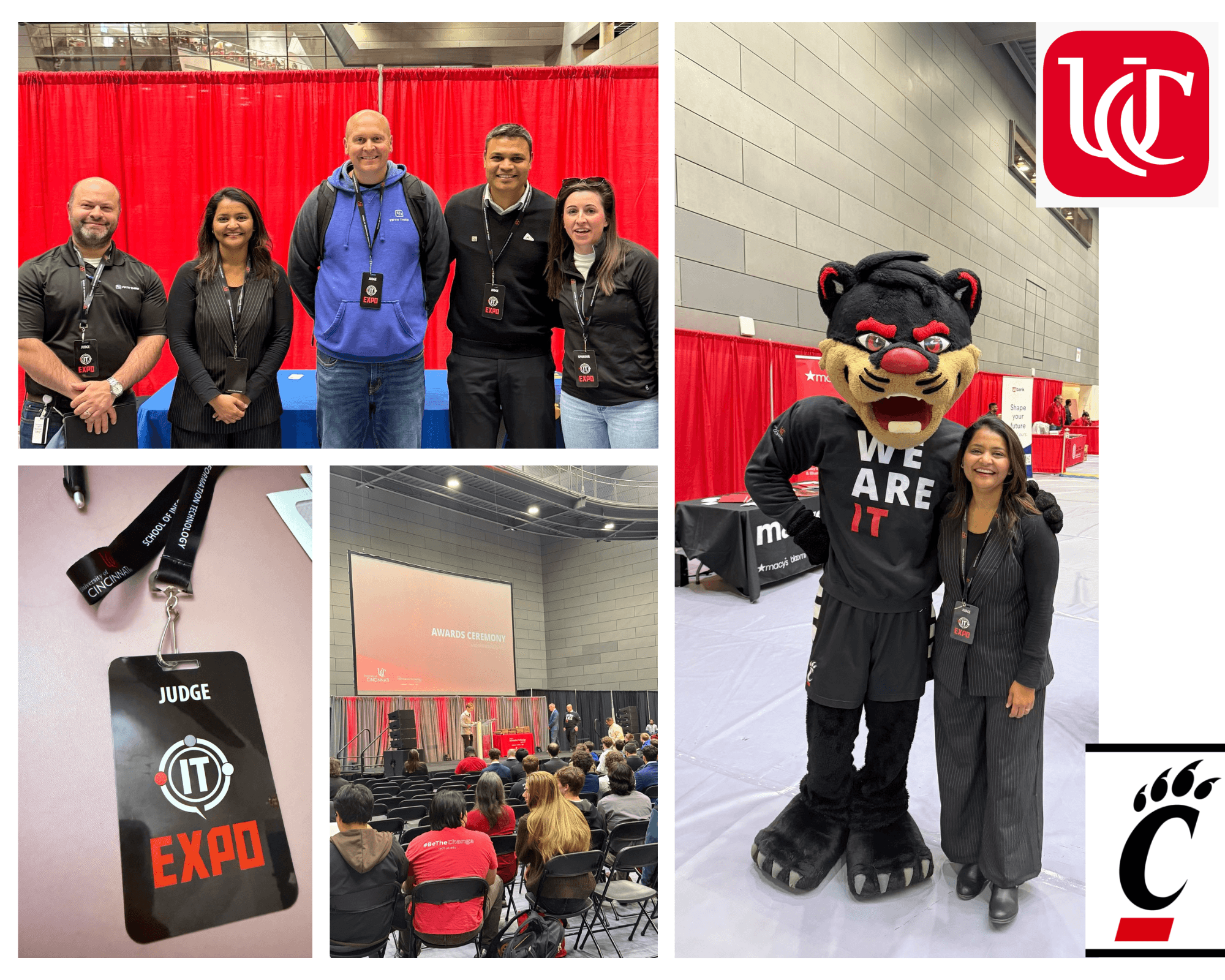
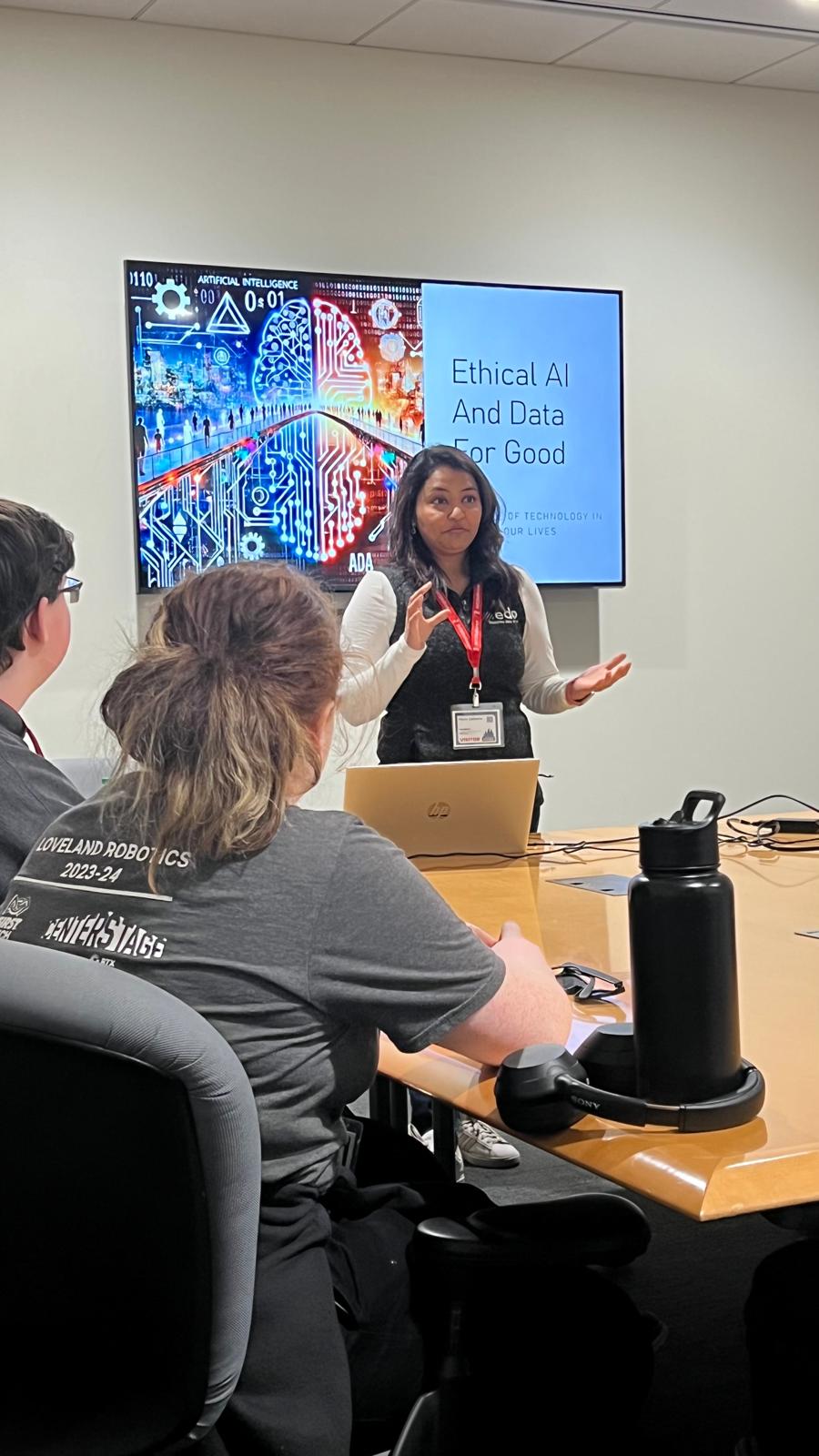
Can you share a story from your journey that illustrates your resilience?
Early in my career, I made the life-changing move from India to the United States, bringing with me my foundation in data engineering. On paper, it was an exciting opportunity and the chance to expand my expertise, work on bigger projects, and grow in a global environment. But the reality of those first months was far more complex.
The culture shock was real. Everything felt different: the workplace dynamics, the communication styles, even the way problems were approached in teams. I found myself starting over not just proving my technical ability, but also learning how to navigate an entirely new professional and cultural landscape.
There were moments of isolation and self-doubt. I had to adapt quickly to being the only woman in many rooms, and often the only immigrant voice at the table. Instead of letting that intimidate me, I leaned into resilience. I made a conscious choice to see every challenge as a learning curve listening more closely, asking questions, and seeking out mentors who could help me bridge gaps in both culture and context.
Over time, I not only found my footing, but I grew into leadership roles where I could guide teams through the same kind of transformation I had once struggled with myself. That experience taught me that resilience isn’t just about surviving change – it’s about embracing it, adapting, and ultimately using it as fuel to grow stronger.
Looking back, that chapter of my life was one of the hardest and most rewarding. It showed me that resilience is forged in moments of discomfort, and that those moments often become the foundation for the boldest steps in your journey.

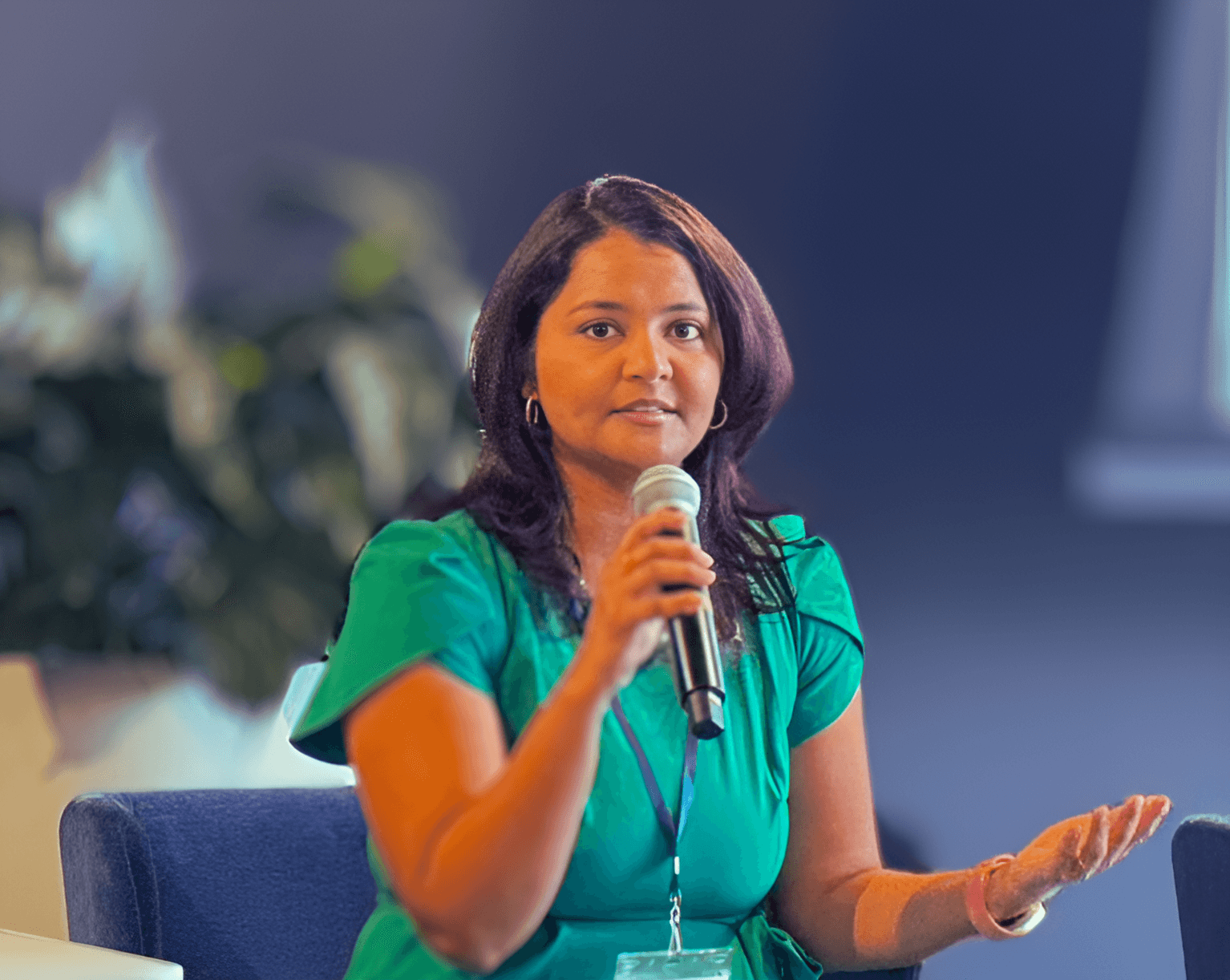
How about pivoting – can you share the story of a time you’ve had to pivot?
One of the biggest pivots in my career came mid-way, when I made the decision to step out of a comfortable Tech Lead role and move into a Product Owner role. At the time, I had spent years building strong technical expertise designing data pipelines, leading engineering teams, and solving complex architecture challenges. But I began to feel a pull to see things from the other side: to understand how the business framed problems, how priorities were set, and what success looked like from the perspective of stakeholders and customers.
It wasn’t an easy decision. Moving from a purely technical role into a business-facing one felt like stepping into unfamiliar territory. Suddenly, instead of writing code or reviewing designs, I was facilitating conversations, prioritizing backlogs, and translating business needs into technical execution. It was a different kind of pressure – the kind that required influence, storytelling, and negotiation rather than just technical precision.
Those first months were humbling. I had to learn to listen differently, to think not just about “what can we build” but “what should we build.” I had to let go of the comfort of being the subject matter expert and embrace being a bridge between two worlds. But that pivot proved invaluable. It gave me a 360-degree view of how data products succeed, and it sharpened my ability to lead not just from the lens of technology, but from the lens of business value and human impact.
Looking back, it was a defining moment in my career. That experience is what ultimately set me apart later on as a Modern Data Strategist – someone who can connect the dots between tech and business, and help organizations design solutions that don’t just work, but truly matter.
Contact Info:
